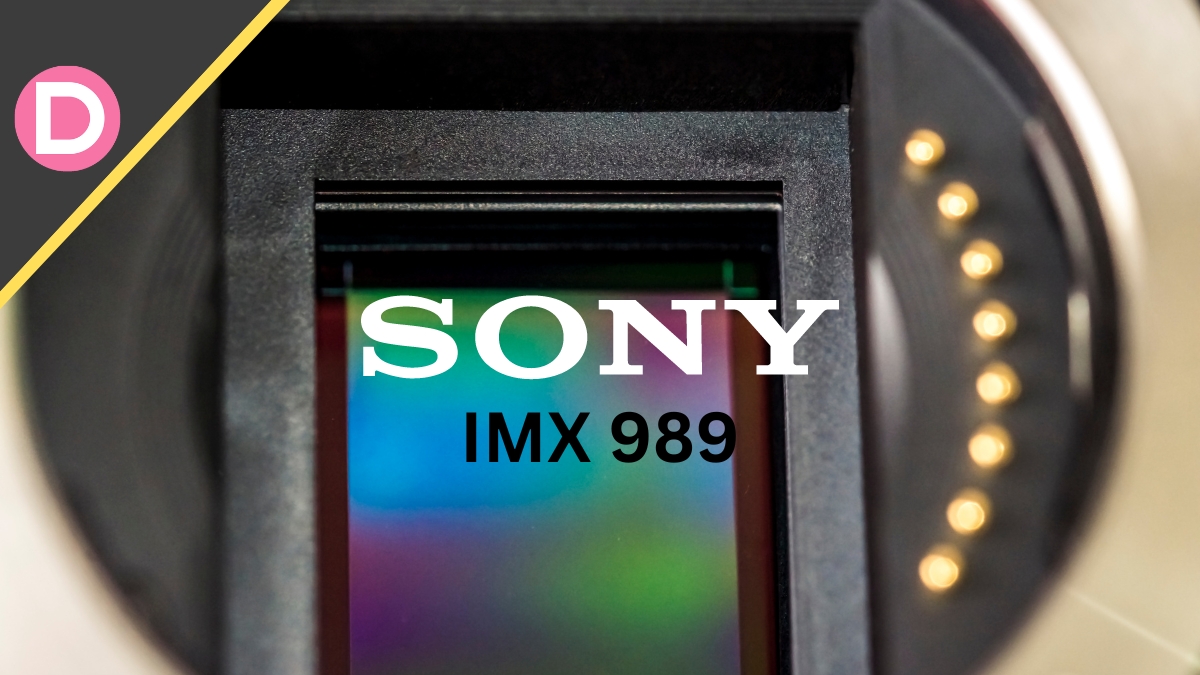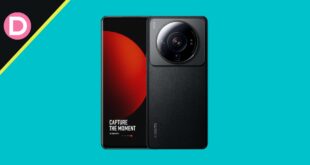The IMX989 is a 1″ type sensor launched by Sony in collaboration with Xiaomi. The aperture varies between 1.8 and 1.9, a 23mm equivalent sensor. The advantages of 1″ sensors are that they capture much more detail with negligible luminance noise. They are miles better in low light and capable of impressive bokeh with excellent depth of field, thanks to a higher natural roll-off that’s enabled by a larger sensor size. This article will discuss all phones that pack Sony’s IMX989 camera sensor.
1. Xiaomi 13 Pro
The Xiaomi 13 Pro was launched on 11th December for Chinese markets and housed the IMX989 sensor. Xiaomi has collaborated with Leica for their software processing, and they now have a unique high-contrast look. The phone has flagship-class specs, like the Snapdragon 8 Gen 2 SOC and a 2K 120Hz display.
It’s worth noting that the IMX989 used on this phone does not fully utilize the 1″ sensor as the 12S Ultra does but crops in slightly. This brings the effective size down to 1/1.1″ (approx 0.9″), which is still pretty large.
So far, the sensor has performed very well on this phone and captures breathtaking shots. Due to the size, you can zoom in up to 2 times without losing much quality.
2. Vivo X90 Pro Plus
Released in December 2022, the X90 Pro Plus is Vivo’s shot at the 1″ IMX989 sensor. Vivo collaborates with Zeiss to give them the lens coating, known as T Star coating, that helps them reduce flare and glare in photography, especially at night.
With Vivo, you have the option to capture in natural color mode, or you have the choice to take photos with boosted and saturated colors.
The phone also has cutting-edge specs, one of the first to feature the new 8 Gen 2 SOC. It has a tremendous 1440P 120Hz display. The X90 Pro Plus dropped the Gimbal stabilization system because it was impossible to do with a 1″ sensor.
An advantage of this phone is that it houses an intermediate 2X zoom lens (similar to the S22 Ultra, which has a dedicated 3X zoom lens) to take great portrait mode shots at the ideal focal length, typically 45-80mm.
3. Xiaomi 12S Ultra
The Xiaomi 12S Ultra is the first phone in the world to fully utilize the IMX989 50.3MP sensor without cropping in. It launched this year with Leica collaboration for the time and received positive reviews for good depth of field and a unique high contrast look with cinematic and dark shadows that look eye-pleasing.
The device was criticized for limited dynamic range, especially highlight control across all lighting situations. And since it was their first attempt at tuning the IMX989, there were some issues with saturation and vibrance levels, too. Sometimes, the contrast was overdone, and the phone lacked an intermediate (2X to 3X) zoom lens.
Thankfully, the Xiaomi 13 Pro has much better software-based processing, and the Xiaomi 13 Ultra might even get four cameras, fully completing the camera setup with a dedicated portrait lens.
4. Sharp Aquos R6 (Leitz Phone 1)
The Sharp Aquos R6 is a phone with specifications like a 240Hz display and is powered by the Snapdragon 888. It had the IMX989 as the primary sensor, but they used a crop-in mechanism, too, resulting in the entire sensor not being adequately utilized.
Later, the famous German camera company Leica collaborated with Sharp and released the Leitz Phone 1, identical to the Sharp Aquos R6. It had a redesigned back and, of course, Leica tuning.
The main criticisms for these phones were the lack of availability and poor post-processing that didn’t make the most out of the incredible sensor. The photos were praised for having a great depth of field and natural details, though.
5. Sharp Aquos R7 (Leitz Phone 2)
The Sharp Aquos R7 is a successor to the R6, and it comes with the 8 Gen 2 SOC and the 1″ IMX989 sensor. This is cropped in, too, but it was improved from the previous generation, and the phone performs well due to the TSMC Fabbed 8 Gen 2. Leica later relaunched this phone, tuning it as the Leitz Phone 2.
Conclusion
In the future, several other phones like the Xiaomi 13 Ultra and the Oppo Find X6 Pro are allegedly launching with the IMX989 sensor, and it’s great to finally see the debut of large sensors in the smartphone world. For now, the above five phones use the IMX989 Sony sensor, and this post will be updated with any new ones.




